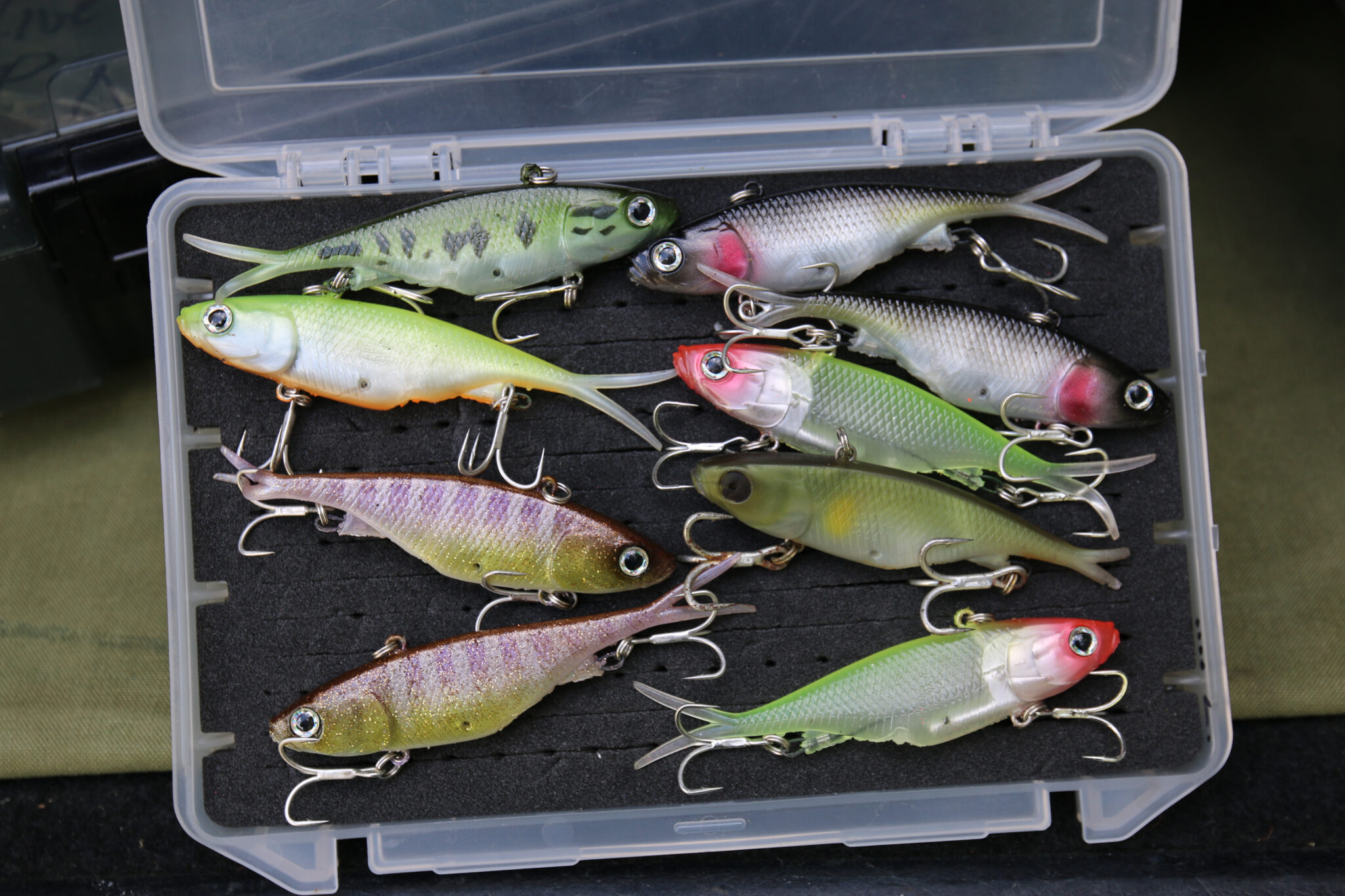Maintaining an organized fishing tackle collection becomes crucial as it expands. Whether you find solace in tinkering with gear or consider it a tedious task, having the right equipment at hand is universally essential.
Identifying the Need: The absence of an effective system can lead to various issues, such as forgetting gear, overpacking or underpacking, poor storage choices causing rust or damage, and lack of backups. The larger your tackle inventory, the more challenging these problems become. Many anglers claim to have a system, but not all are satisfied with their setups, prompting thoughts of reorganization.
Developing Your System: Before investing in storage containers, it’s crucial to design a system tailored to your preferences and fishing habits. The article suggests focusing on defining your fishing profile, considering factors like preferred species, fishing frequency, locations, and techniques.
Streamlining Your Tackle Collection: An initial step is to declutter your inventory, categorizing tackle into four groups: in-use and needed, items of sentimental value, gear for potential sale or donation, and outright junk. Sentimental items are safely stored for future enjoyment, while sellable gear can fund new acquisitions.

Creating Specialized Boxes: The article introduces the concept of specialized tackle boxes based on your fishing profile. Options include “Species Boxes” for specific fish types, “Location Boxes” for favorite fishing spots, “Technique Boxes” for specific methods, and “Mode Boxes” tailored to your fishing vessel or mode of transportation.
Bulk Storage Solutions: Differentiating between consumables (replaced regularly) and hardware, the article advocates for two major components in your system: bulk storage bins and frontline tackle solutions. Bulk storage holds tackle not needed immediately, while frontline tackle solutions are portable and cater to your day-to-day fishing needs.
Special Purpose Boxes: Specialized boxes, like “Rod and Reel Service/Repair Box,” “Rigging Box,” “Treble Box,” and “Camera/Drone Box,” cater to specific requirements. These boxes ensure you have the necessary tools and gear for various situations.
Stowage Considerations: Certain tackle items, like painted jig heads or soft plastics, may require special treatment. The article suggests using foam forms, worm-proof trays, wallets with clear pages, or soft, clear-fronted wraps, depending on the specific needs of your gear.
Traveling Tips: For travel, the article recommends using soft bags or backpacks containing trays and necessary hardware. This modular approach allows customization based on the destination and weight limitations.
Efficient tackle organization is an evolving process tailored to your fishing profile. A well-thought-out system not only reduces preparation time but also minimizes the risk of forgetting essential tools or running out of critical items during a fishing session.
Image/Source: FishingWorld





